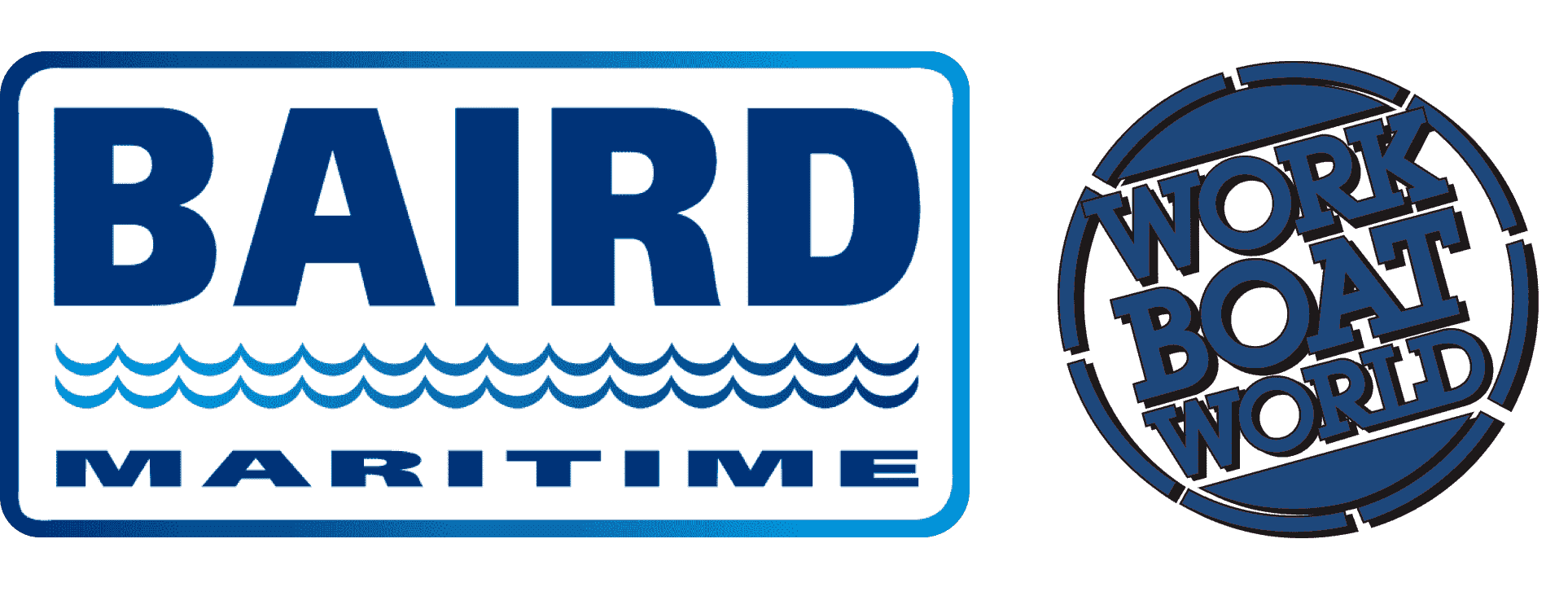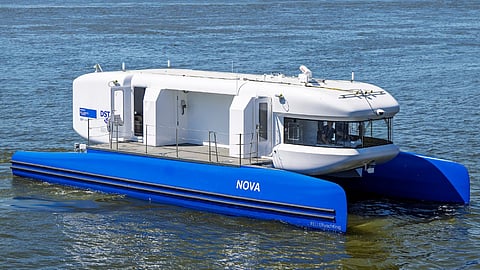VESSEL REVIEW | Nova – Electric catamaran to support inland shipping research on Germany's Rhine River
The University of Duisburg-Essen (UDE) in Germany has begun operating a new research vessel built by local company Felleryachting.
Nova will be operated by UDE and the Development Centre for Ship Technology and Transport Systems (DST), a research organisation under the Johannes Rau Research Foundation. The vessel’s main area of operations will be the Rhine River.
Research platform for supporting autonomous navigation studies
The 15-metre (49-foot) Nova is an inland vessel with a twin-hull design and will be capable of transporting both cargo and passengers. Its development and construction took approximately two years.
The construction of the catamaran was part of a broader project that aims to significantly advance fully autonomous operation in inland navigation by researching versatile combinations of automation and local emission-free propulsion systems.
Nova’s planned research trips will take place in the Port of Duisburg on the Rhine and in canals throughout the Ruhr region. UDE researchers expect the operation of the new boat will lead to the regular operation of growing numbers of partially and fully autonomous inland vessels in the region within the next ten years.
Professor Bettar el Moctar of the Institute for Sustainable and Autonomous Maritime Systems at UDE said that Nova will help researchers study autonomous navigation of ships under real-world conditions, particularly in the Rhine and other narrow inland waterways that see significant vessel traffic.
Battery propulsion with advanced monitoring and safety features
The boat is powered by Torqeedo’s electric propulsion system, which consists of four stern-mounted Deep Blue batteries that supply energy to two 50kW electric motors and all onboard systems. The latter includes a JRC radar.
Torqeedo equipped the vessel with a complete power management system with a dedicated low voltage power circuit for the autonomous navigation system, instruments and lighting.
In addition, two coupled Torqeedo system management units in combination with the display interface provide access to all relevant system data for various scientific analyses and monitoring of the powertrain. This way, scientists of UDE and DST can simply focus on their research into making sure the autonomous navigation software would work.
The vessel also features solar panels mounted on the twin catamaran floats. The panels will supply electrical power for the onboard systems during layovers in port, thus freeing up the batteries for providing propulsive power.
Although not yet capable of autonomous operation, Nova will be fitted with systems that would permit such operation. As UDE’s Moctar explained, the boat will need to be able to decide for itself when performing certain manoeuvres even in instances of fog, darkness, or high traffic density.


